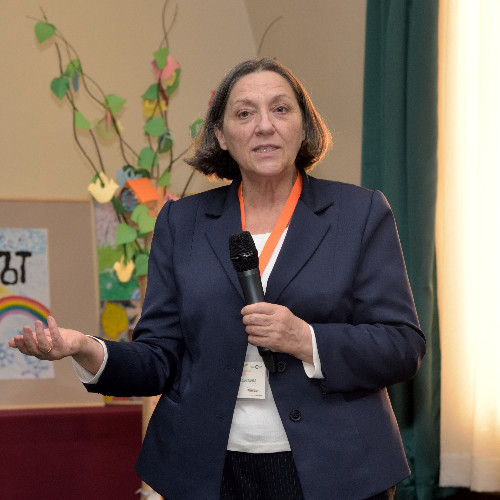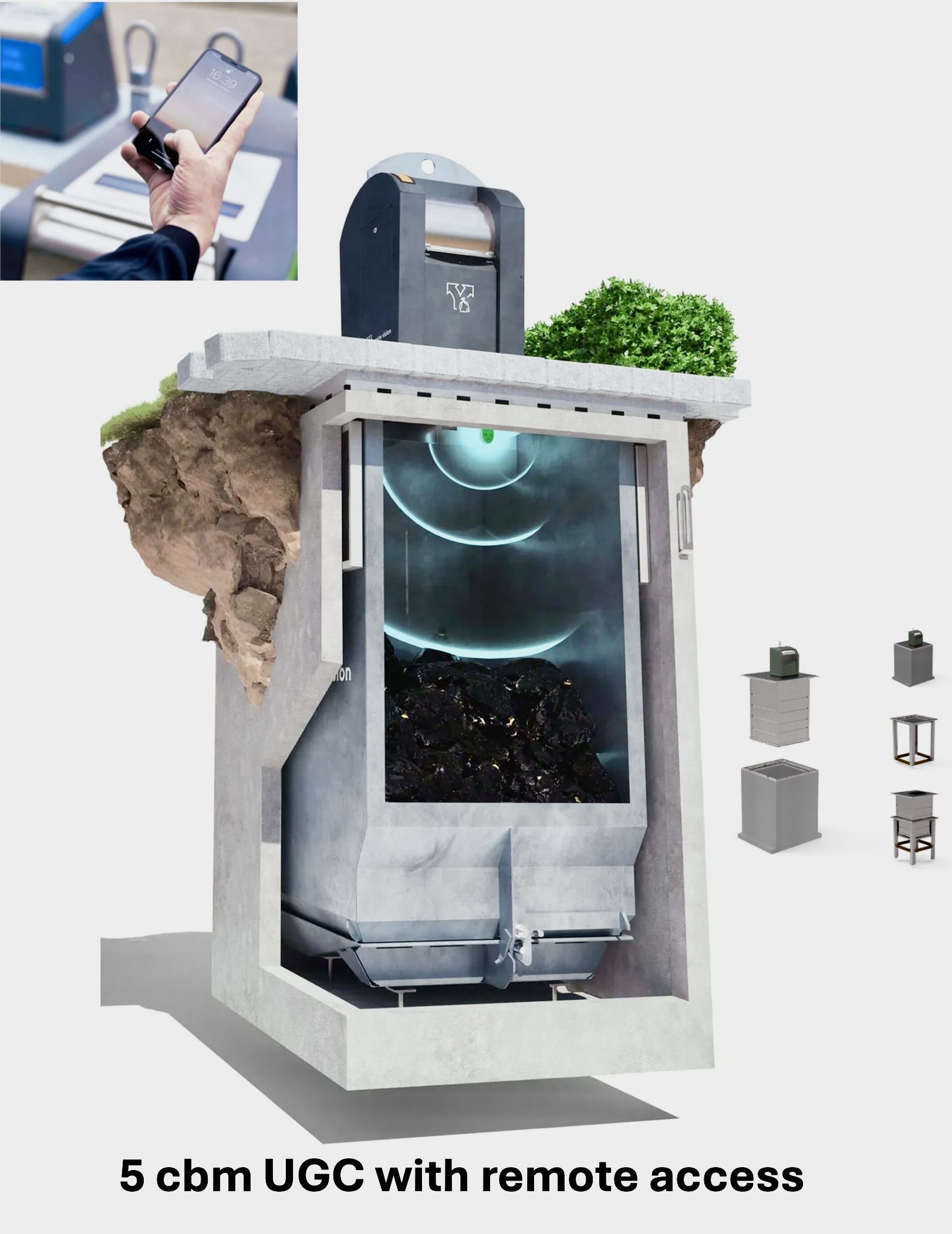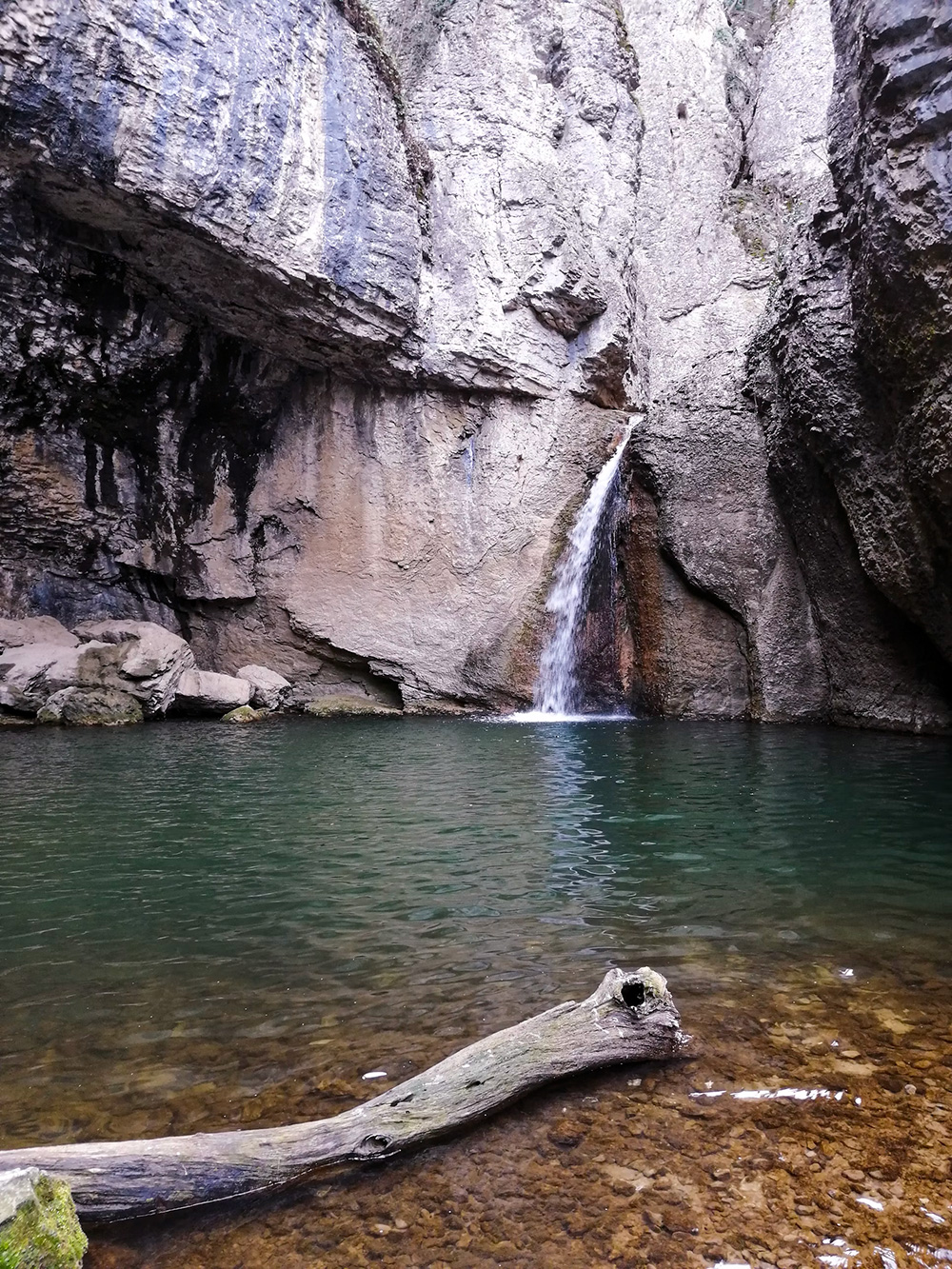University of Tartu
General information
| Organization | University of Tartu |
|---|---|
| Area of interest |
|
| Are you interested in international projects? |
Yes
|
| Keywords |
|
| Country |
Estonia
|
| Type of cooperation |
Associated beneficiary
|
| Have you already participated in LIFE project? |
No
|
| Legal status |
Educational and/or research institution
|
| Description of organisation and experiences (in English) |
Institute of Chemistry Environmental Technology laboratory deals with waste treatment, nitrogen, phosphorus, organic pollutants removal from sludge, sediments. Surplus sludge and compost heavymetal and pharmaceuticals (cip, ibu etc) removal and precious metals valourizing from sludge. Anaerobic ammonium oxidation performing bacteria cultures have been used for sidestream and mainstream wastewater treatment in laboratory and pilot-scale. Earlier anammox-Microbial fuel cell combinations have been studied. Mainstream treatment can be applied as organic carbon for electric power generation, and subsequently nitrogen for autotrophic nutrient removal. Published more than 40 papers in reputed scientific journals. Cooperation with water works companies for novel treatment solutions and sludge composting, waste usage in building material. Using peat as building material.
Projects: 2019 Integrated MFC-MBR system using low-cost, multifunctional ceramic membrane for efficient wastewater treatment and electricity recovery- Indigo European-India project 2020-2023 Identifying best available technologies for decentralized wastewater treatment and resource recovery for India (1.08.2019−31.07.2023). Horizon2020, European Council. 2012-2015 Collaborative research project under framework on Estonian Energy Technology Program between Tallinn University of Technology (Estonia), University of Tartu „Anaerobic digestion process optimization and development of control and monitoring systems for biogas processes“ 2014-2015 Interactive Water Management in Baltic sea region (BSR) 2012-2015 Application of anaerobic nitrogen removal processes for treatment of diverse wastewater streams. 2010-2015 Optimization of anaerobic energy technology and monitoring 2012-2014 Chemical-biological water treatment (Chembio) 2012-2013 Nitrogen balance analyses for recirculating aquaculture system (RAS) fish farm sludge
|
| Description of organisation and experiences (in Bulgarian) |
Projects: 2019 Integrated MFC-MBR system using low-cost, multifunctional ceramic membrane for efficient wastewater treatment and electricity recovery- Indigo European-India project 2020-2023 Identifying best available technologies for decentralized wastewater treatment and resource recovery for India (1.08.2019−31.07.2023). Horizon2020, European Council. 2012-2015 Collaborative research project under framework on Estonian Energy Technology Program between Tallinn University of Technology (Estonia), University of Tartu „Anaerobic digestion process optimization and development of control and monitoring systems for biogas processes“ 2014-2015 Interactive Water Management in Baltic sea region (BSR) 2012-2015 Application of anaerobic nitrogen removal processes for treatment of diverse wastewater streams. 2010-2015 Optimization of anaerobic energy technology and monitoring 2012-2014 Chemical-biological water treatment (Chembio) 2012-2013 Nitrogen balance analyses for recirculating aquaculture system (RAS) fish farm sludge
|
| Project references |
Institute of Chemistry Environmental Technology laboratory deals with waste treatment, nitrogen, phosphorus, organic pollutants removal from sludge, sediments. Surplus sludge and compost heavymetal and pharmaceuticals (cip, ibu etc) removal and precious metals valourizing from sludge. Anaerobic ammonium oxidation performing bacteria cultures have been used for sidestream and mainstream wastewater treatment in laboratory and pilot-scale. Earlier anammox-Microbial fuel cell combinations have been studied. Mainstream treatment can be applied as organic carbon for electric power generation, and subsequently nitrogen for autotrophic nutrient removal. Published more than 40 papers in reputed scientific journals. Cooperation with water works companies for novel treatment solutions and sludge composting, waste usage in building material. Using peat as building material.
|
University of Tartu
Contact information
life bulgaria
Our latest partner

НДЕФ Камелия Георгиева
Associated beneficiary, Subcontractor, Expert
Public body
Bulgaria
Община Свищов
Associated beneficiary, Coordinating beneficiary, Co-financer
Public body
Bulgaria
Kaloyan Stankov
Associated beneficiary, Coordinating beneficiary, Subcontractor
Natural person
Bulgaria

Waste Management Bulgaria 1 OOD
Subcontractor, Expert
Company
Bulgaria





